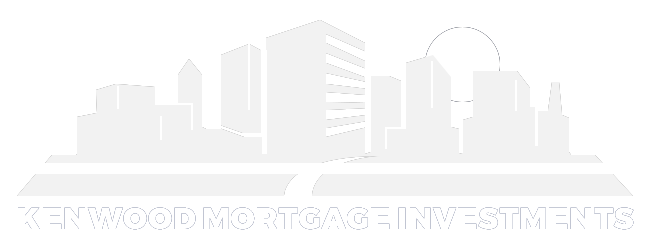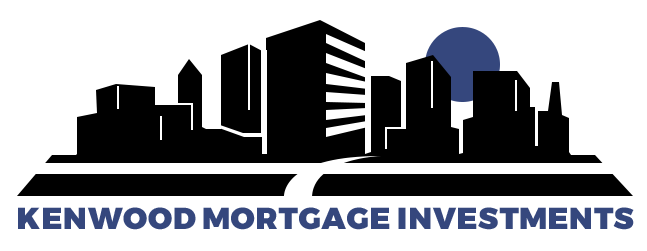R.O.I. Real State – Residential Newsletter- August 2021
Posted on August 30, 2021
From July to August 2021, the supply-demand index dropped from 374.4 to 348.7, with demand and supply both increasing slightly. The rise in the demand index was unexpected, given the current state of housing affordability. The Home Opportunity Index (HOI) was released this month by the National Association of Home Builders, and it measured 56 for Q2 2021. That officially places Greater Phoenix below the normal range of 60-75 for affordability. Logically, one would expect demand to drop under these circumstances, as it did in Q4 2018 when the index dropped to 57. This time, however, demand grew stronger, which leads us to believe the housing market is being driven a little less by normal owner-occupants and a bit more by investors at this stage of the game. You can read all the details in the R.O.I. Properties “Real State – Residential” newsletter (just click on the image), with additional statistics, market trends and information, but here’s a quick peek at the highlights:
Active Listings: Supply has seen two turning points this year: the first at the end of February when supply stopped dropping, and the second at the end of May when it began rising at a faster rate. Over the past 13 weeks, supply has risen another 45%, but it’s still not even a third of what would be considered normal for the month of August. The fastest-growing price point continues to be between $400K–$500K, which has doubled since the end of May from 693 active listings to 1,388. This is followed by the $500K–$600K price point, up 87% from 450 to 840 in the same time frame. While price reductions are elevated, individual price ranges have not seen their list prices decline by 9% as depicted in the chart below. The dramatic-looking drop is directly related to the luxury market experiencing a seasonal increase in cancelled and expired listings combined with a steep drop in weekly new listings, thus reducing their inventory levels and their overall impact on average list price.
Sales Volume & Price: Listings under contract took an unforeseen jump over the past two weeks. This is exclusively attributed to a sharp, unseasonal increase in contracts accepted between $400K–$800K. With affordability at its lowest point since 2018, it’s not reasonable to assume this demand is driven by traditional owner-occupant buyers. The public record data is finally catching up with recent rumors about a strong influx of iBuyer and investor purchase activity in the Greater Phoenix marketplace. July acquisitions by corporate iBuyers (a.k.a. “internet buyers” because they make offers online) increased 573% over last year, accounting for 962 sales. About 11–23% of iBuyer re-sales were to corporate investors, large and small. iBuyer demand is not true demand, because they neither live in the home nor rent the home to a tenant. iBuyer activity does not affect inventory, because as they purchase a home, they immediately list it again. Flip models only affect demand measures, as they add one more sale between the original seller and the final buyer. While there is plenty of “true” demand for housing this time around, when affordability for the population drops below normal, there is more resistance to rising prices—and traditional buyers back off. In this scenario, flip activity can create an illusion that demand is much larger than it truly is. If iBuyers and investors excessively outbid traditional buyers, pushing prices beyond what the market can sustain, they risk future loss or diminished returns.
Originally shared via roiproperties.com newsletter. Click here to read full newsletter.



